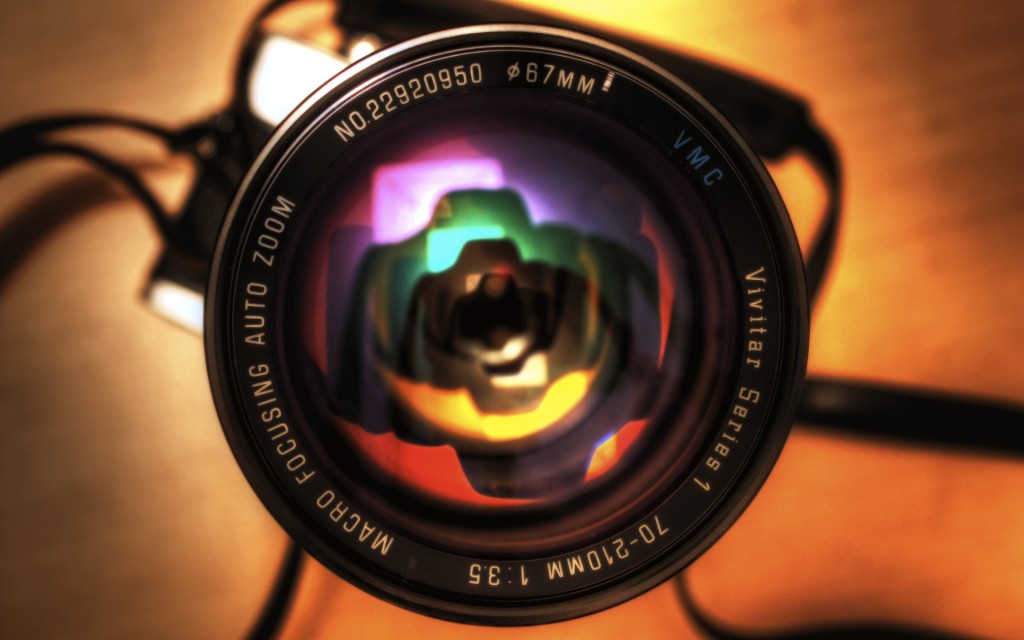
Cameras are everywhere. There’s one in your laptop, two in your phone, and probably a pair in your tablet that you’ve never used. There’s maybe one in your doorbell, even, or strapped to your head while you bomb the slopes. We’re taking more pictures in more ways and sharing them in more places than ever. Yet most of us use our cameras with the bare minimum of knowledge, just pointing and shooting and hoping for an Instagrammable moment. And even if you’re buying a camera because you’re ready to move beyond your iPhone and take pictures you’ll want to save forever, it’s hard to know what to do.
Camera companies don’t exactly make life easy, either. Spec sheets are laden with alien terms like ISO and f-numbers, and once you manage to get a grasp on what they mean, you’re still confronted with a spectacular variety of options. So we’ve put together this guide to help you navigate the quagmire of excess information, acronyms, and jargon. It’ll enlighten you about which specs are important when, and what cameras are suitable for whom. Sound good? Then read on!
Basics of photography
Every camera, from the tiny webcam embedded in your laptop to the full-frame pro cameras built by Nikon and Canon, operates under the same set of basic principles. They come from the very name of photography, the roots of which are the Greekphotos, meaning light, and graph, meaning to draw or record — ergo, a photograph is essentially a map of light. When you take a picture of your favorite cityscape, you’re not actually documenting the streets, or the skyscrapers, or the milling crowds — you’re drawing up a recording of the light reflecting off of them.
The most common technique for making this recording is by channelling light through a lens onto a photosensitive material that soaks it up and turns it into an image. That light-absorbing canvas was once film, which has since been replaced by electronic sensors in modern digital shooters. In either case, initiating the light capture is done by opening a shutter in front of the photosensitive surface. By adjusting how long that shutter stays open (shutter speed), the sensitivity of the digital sensor (ISO), and how much light passes through the lens (aperture), you can control exactly how your image appears.
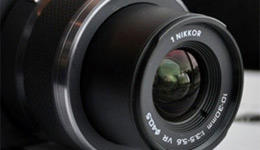
Ultimately, the number one lesson in photography is that there are always tradeoffs. If you want the best possible image quality, you’ll need specialized, expensive, bulky equipment. Should portability be your highest priority, you’ll have to accept that some photos and creative ideas will be beyond your reach. There are a number of other considerations to take into account when composing an image — and, consequently, choosing the best camera for the job — which we’ve detailed below. Once you’ve wrapped your head around what they will mean for your intended photography adventure, you should have a good idea of the kind of camera that will best suit your needs.
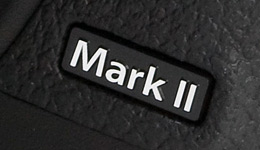
If you’re new to digital photography, the three things you should acquaint yourself with first are the ISO, aperture, and shutter speed. The three work in concert, and if you can manipulate and control them all, you’ll take fabulous photos without even touching the rest of your camera. Together, they’re known as the Exposure Triangle, because they control how much light you’re exposing the camera to (aperture), how sensitive the camera is to that light (ISO), and how long your exposure lasts (shutter speed).
The key setting:
ISO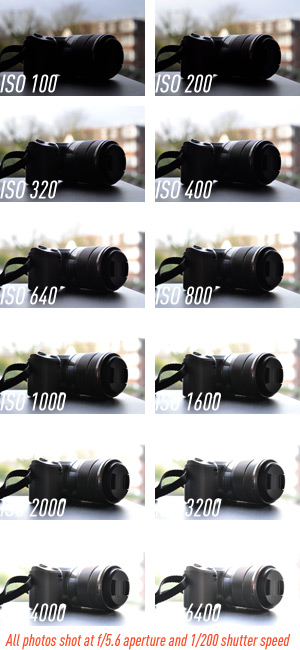
Coming from the International Organization for Standardization, ISO (it’s not an acronym) describes the light sensitivity of your camera’s sensor set against a common standard. It was originally known as “film speed,” as it was a static measure of the amount of light a given type of film could absorb, but in modern digital cameras ISO can be adjusted up and down. Higher ISO means a brighter image, which is achieved by digitally amplifying the information collected during exposure. It’s an imperfect process that generates errors, which become apparent in your pictures as discoloration and noise — the unattractive speckling effect you usually see in low-light photos.
SHUTTER SPEED
Shutter speed controls how long the camera spends collecting light, as opposed to ISO and aperture, which direct how much light is absorbed at once. It’s measured in fractions of a second, so a shutter speed of 1/125 means the shutter is open for one 125th of a second. Higher shutter speeds mean the camera captures a shorter period of time, which is key for getting blur-free action shots, while lower speeds allow you to soak up more light, albeit at the risk of blurry results if your camera and subject aren’t still.
Of course, you don’t always have to fear motion blur. Strap your camera to a tripod and you can exploit the blur to your advantage — that’s how the pros create those pictures of highways decorated by streaks of light or waterfalls that look like they’re composed of cascading wisps of smoke instead of frozen drops of water. Most of the time, you’ll want to match your settings to your circumstances, but it’s also good fun to sometimes start with a given set of attributes and rearrange your scene to match them.
Other features that matter:
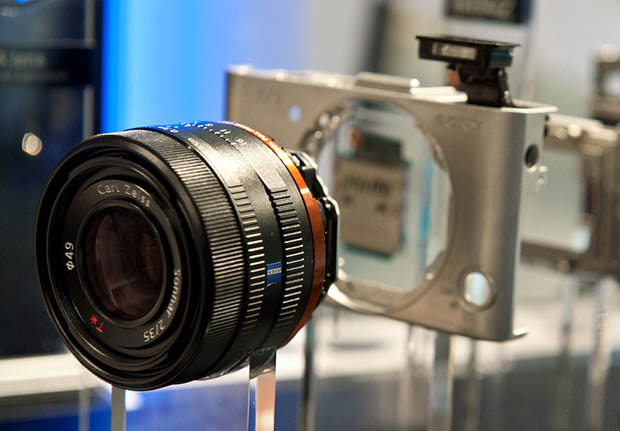
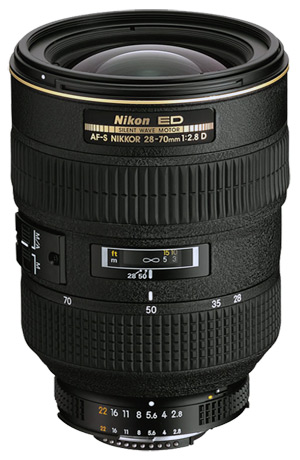 LENSES ARE LIKE SUNSCREEN: ALL-IMPORTANT
LENSES ARE LIKE SUNSCREEN: ALL-IMPORTANT
There are a couple of easy guiding principles that can steer you in the right direction. First: construction materials matter. Canon’s L series of lenses and the higher end of Nikon’s Nikkor line are both built out of real glass on the inside and extremely robust materials on the outside. The kit lenses bundled with DSLRs and the non-removable lenses on cheaper cameras are made from plastic both on the inside and out, which makes them less reliable in the long term and less impressive when you come to review your results. That’s not a universal rule — there are some exceptionally good lenses with plastic optics — but generally, you’ll be able to tell a good lens by its considerable weight and durable feel.
AUTOFOCUS
A common misconception is that shutter lag actually has anything to do with the shutter. Sure, there’s a minuscule delay between the instruction to open and the shutter actually opening, but the lion’s share of lag actually comes from the automated focusing and metering systems. Metering is where the camera judges how long it needs to expose the image for, while autofocus is a little more self-explanatory. Cameraphone makers have gotten wise to the fact that people want to see the picture taken the moment they press a button, so we now have phones that continuously refocus and re-meter the scene so as to be ready at a moment’s notice. Samsung even features a “Best Shot” feature on the GS4, which takes a dozen photos while you’re focusing and firing and then chooses the best one automatically.
MEGAPIXELS
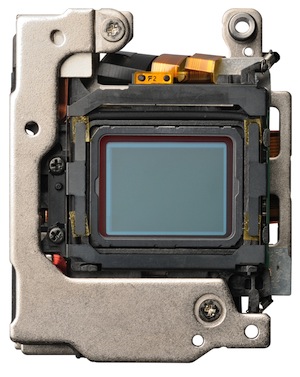
Strictly speaking, a megapixel contains 1 million pixels, but it’s somewhat meaningless to know that your camera shoots 10 million pixels at a time. What you want to know, and what the megapixel count truly tells you, is how big you can make your image without having to enlarge it digitally (and suffer the resultant degradation in image quality). A 3-megapixel photo is more than dense enough to be printed out at the US standard 6- by 4-inch size at 300ppi, while 9 megapixels get you closer to a regular sheet of paper at the same density. Compromise a little on the pixel density, say down to 200ppi, and you’ll get massive printouts from a humble old 12-megapixel shooter. Now, there are no guarantees that the actual photo would look good — megapixel numbers only measure the number of data points recorded by the camera — but at least you’ll be able to do it.
STRAYING BEYOND 8 MEGAPIXELS IS OVERKILL FOR ALL BUT THE PROS
ZOOM

Zoom is a simple concept — it’s how close you can get to whatever you’re shooting without having to physically move closer — but it’s not always obvious what you’re really getting. The actual x-multiple of your zoom is much less important than the angle measurements at the widest and closest settings, which measure how much you can fit into your photo. A camera that starts at 28mm and has 10x zoom will ultimately get closer (280mm) than one that begins at 24mm (240mm when zoomed in), though the tradeoff is a slightly smaller field of view when you’re zoomed out. If you want to be as close as possible to your subject, the most important number is the telephoto angle — more so than the x-multiple.
Wrap-up
Buying a camera’s never been easier — it’s hard to get one that won’t take decent pictures without a lot of effort — but buying the right camera still takes some doing. Ultimately there are a lot of things to consider, and a lot of numbers to ignore, but the key is to figure out what kind of photographer you are.
If you’re going to be running after your kids taking pictures, you probably don’t want a big, bulky DSLR – look at mirrorless cameras like the Panasonic GX1 or even point-and-shoots like the Canon S110. Maybe even make sure you buy the right phone, from the Nokia Lumia 1020 to the iPhone 5. But if you want the best, biggest, most controllable photos money can buy, make sure you buy a camera you can grow into. DSLRs offer more control and more lenses, and they’re capable of capturing a wider range of photos and video.
It’s certainly true that the best camera is the one you have with you. But the best photos come from having the right camera with you — so shop carefully, don’t forget that more money and more megapixels don’t always make great cameras, and always remember your exposure triangle.
Happy shooting!
HARSHVARDHAN SINGH.


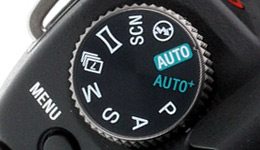

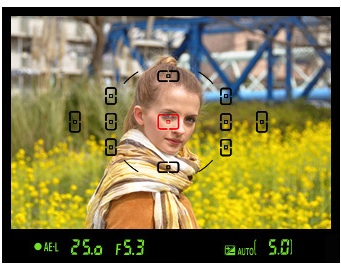
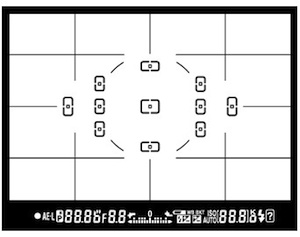
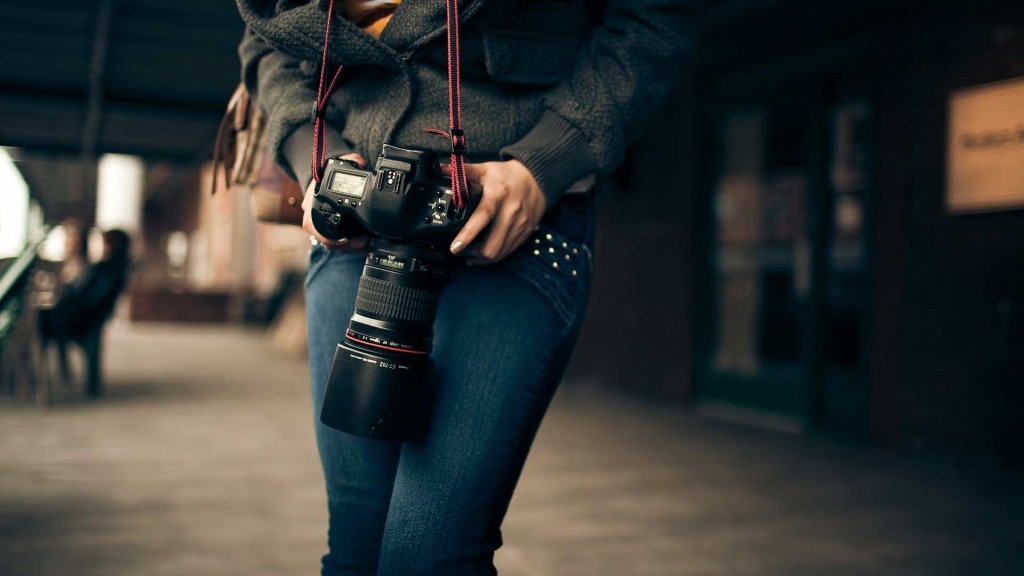

53 Comments